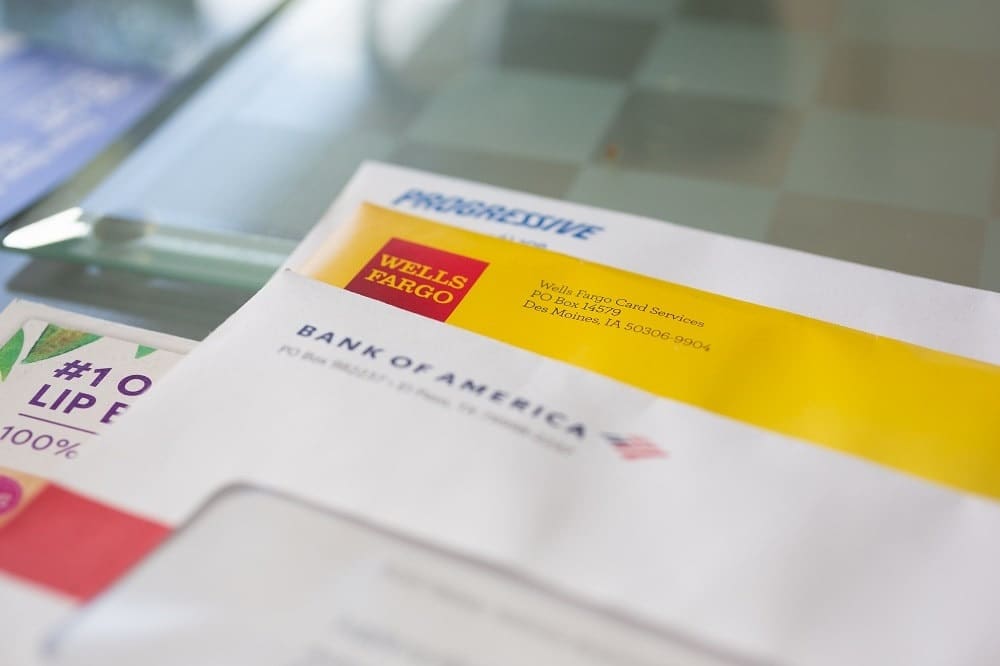The environment for regulatory disclosure management has become increasingly complex in the financial services industry. Messagepoint’s Patrick Kehoe discusses the compliance issues institutions of all sizes face, along with best practices for meeting those challenges.
Each time a financial services company offers a customer a product, it must disclose everything from fees and interest rates to purchase options and minimum balance requirements, as well as potential risks. These disclosures must be clear and consistent throughout the purchase process, across every touchpoint and across every channel – from a printed mailer to a website to even a phone call.
As public officials and regulators increase their oversight of the industry, the cost – financial and otherwise – of noncompliance is rising. In recent months, three large banks have been fined for disclosure failures. The largest was a £23.9 million (USD $30.9 million) fine against a large financial insurance company by the U.K. Financial Conduct Authority for not telling customers that they had the right to shop for options when purchasing annuities.
In response to increasing concerns about customer protection, regulators are also changing disclosure requirements more frequently. This increased pace of change often sends financial institutions scrambling to keep up with changes. In addition, customers who might formerly have interacted with a company through only one channel (a paper application in a physical office) now might choose to communicate over multiple channels. All of this increases the complexity and scope of disclosure management.
Generally, managing disclosures becomes more challenging with each new product an organization offers in each new market. Consider for example, a bank that offers multiple credit card products, each with its own terms, charges and benefits that may differ across geographies, as well as multiple versions of the same card. Then factor in the complexity of managing the disclosure content across all of these variations and across every channel. The volume of work to create and maintain disclosure content across what can be a complex mixture of products, communications and channels becomes a burden that inflates costs and lengthens timelines to severely limit an organization’s ability to be responsive to competitive forces.
Too Many Changes, Too Much Delay = Too Much Risk
Organizations often maintain different teams to create, edit and manage the disclosures across different distribution systems for each communication channel. This is a recipe not only for manual errors, but for delays in making changes to a disclosure simultaneously across every channel. Organizations report a single change cycle can take a minimum of six weeks or longer and require hundreds of tedious, manual, repetitive revisions across the hundreds of communications materials that support each product.
All this complexity not only drives up costs, but also increases the risk of both regulatory fines and damage to the organization’s brand if it is found negligent in disclosure. The need to fix the problem and notify customers can mean more cost and harmful publicity. All these outcomes are unacceptable when margins are under pressure in a low-interest-rate environment, and established players are facing threats from new digital competitors.
Automating Disclosure Management
There is a better way: Modernizing and automating the disclosure process to replace duplicate, error-prone manual processes with streamlined, automated workflows that cut costs, time and risk. However, for such a transformation to be successful, the move requires the following considerations:
- A centralized content hub for managing disclosure content and associated customer communication materials can reduce the risk of errors and unauthorized changes in disclosure content.
- The consolidation and sharing of document templates and the ability to leverage systems that enable omni-channel communication templates for print and digital channels can reduce the number of places where content lives and changes need to be made (reducing related work and errors).
- A platform that manages disclosure documents as shared objects, applying authorized changes automatically and quickly to all disclosure language across all business units, geographies and communication channels.
- The ability to give business users fast and easy control over authoring and editing disclosures, so they can quickly make required changes without waiting for help from more costly third-party service providers or internal IT resources.
- A workflow approval process that is customizable to meet your business process and also allows business users to instantly proof changes they’ve made across channels. This eliminates the delay of coordinating changes with IT, gives content authors full control over the accuracy of their updates and ensures consistency across communications.
Faster, More Accurate Disclosure Compliance
With the proper tools and streamlined processes, financial services providers have eliminated 70 percent of the steps required to change disclosures and slashed the time required from months to less than one day. While increasing their agility they have also reduced their risk with improved insight into and oversight of the proofing and review cycle and improved their confidence that the right changes were made in an accurate and timely way.
The need to comply with stricter regulatory oversight of disclosures will only grow over time. So will the need to offer more products in more versions and to more markets. Streamlining your disclosure processes is essential not only to reducing your costs and risks, but also to enabling the agility required to compete in an ever more challenging financial services environment.



 Patrick Kehoe is Executive Vice President of Product Management for
Patrick Kehoe is Executive Vice President of Product Management for 










